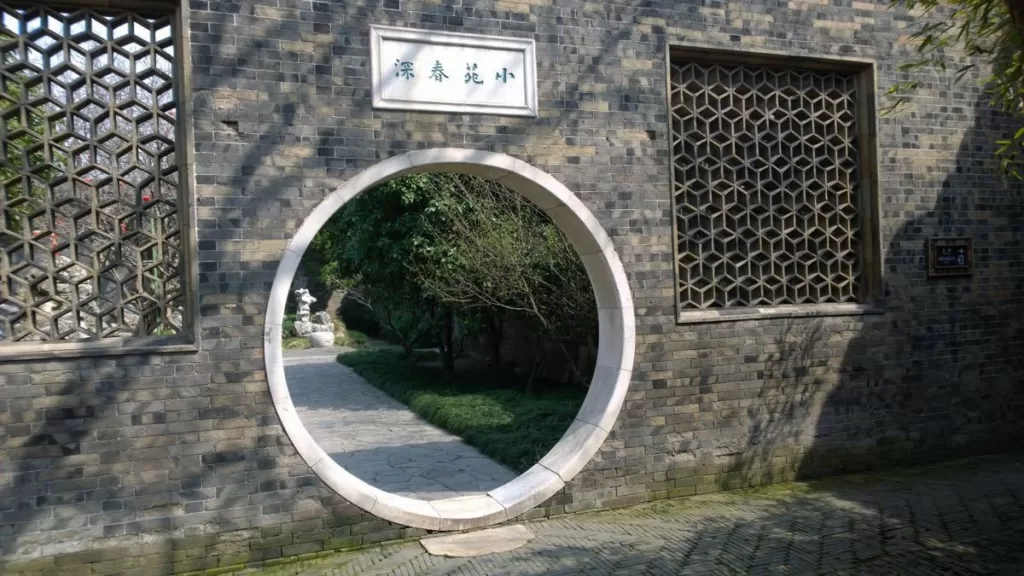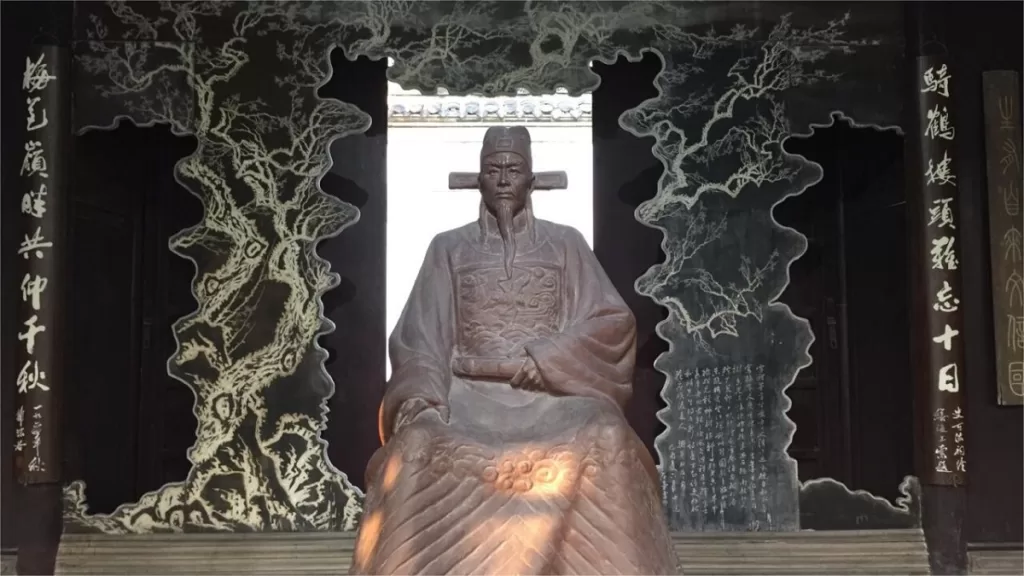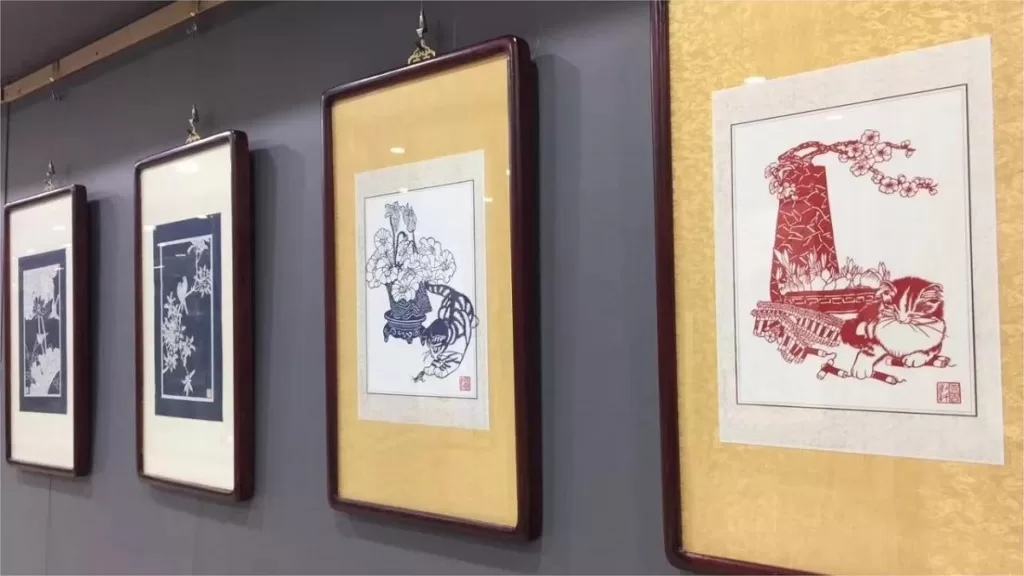Geyuan Garden (个园), also known as “Ge Garden,” is a magnificent private garden located in the city of Yangzhou, China. Renowned for its lush bamboo groves and exquisite seasonal rockeries, this garden is a true testament to the artistry and grandeur of Chinese classical gardens. Its rich history, meticulous design, and cultural significance make Geyuan Garden a must-visit destination for travelers and garden enthusiasts.
Table of Contents
- Basic Information
- Location and Transportation
- Historical Background of Ge Garden
- Highlights of Ge Garden
- Vlog about Ge Garden
- Useful Tips Summarized from Reviews
- Attractions near Ge Garden
Basic Information
| Estimated Length of Tour | 2 hours |
| Ticket Price | 45 RMB |
| Opening Hours | 7.30 – 17.30 |
| Telephone Number | 0086-0514-87347428; 0086-0514-87358470 |
Location and Transportation
Geyuan Garden is located in the northeastern corner of Guangling District in Yangzhou, Jiangsu Province, China. The precise address is 10 Yanfu East Road, Yangzhou. To get there, tourists can take bus 27, Tourist Line 1, or Tourist Line 3 and get off at Geyuan Stop (个园站).
Historical Background of Ge Garden
Geyuan Garden was originally established in the 23rd year of the Qing Jiaqing Emperor’s reign, in 1818, by Huang Zhiyun, a prominent salt merchant from the Huai and Yang region. It was built upon the foundations of the Ming Dynasty’s “Shouzhi Garden.” The name “Geyuan” is derived from the garden’s abundant bamboo groves, which contribute to its serene atmosphere. The garden is a harmonious fusion of traditional garden design principles and the aesthetics of Chinese landscape painting, a rare achievement celebrated by garden expert Chen Congzhou.
Throughout its history, Geyuan Garden changed hands several times. It was once owned by Li Wen’an, a salt merchant from Zhenjiang, who later fell into debt and had to use the garden as collateral to military warlord Xu Baoshan. While Geyuan Garden faced some challenges, including damage during warfare, it was gradually restored and returned to its former glory after the founding of the People’s Republic of China.
In 1988, Geyuan Garden was officially recognized as a national-level key cultural heritage site by the State Council. The garden’s significance in Chinese culture was further acknowledged when it received a prestigious “AAAAA” rating as a tourist attraction in 2005. In 2016, it became one of the first national key cultural bases for flower cultivation.
Highlights of Ge Garden
Cradling Hills Building (Baoshan Lou)
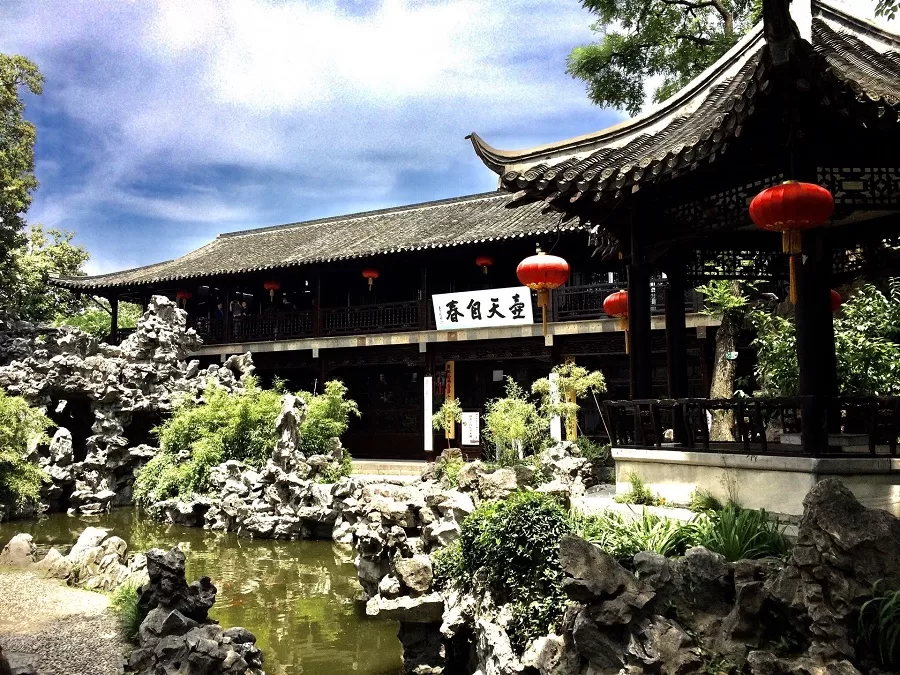
One of the most iconic structures in Geyuan Garden, Bao Shan Lou (Cradling Hills Building) is a seven-bay-long building strategically positioned between the two hills of the garden. The eastern and western wings of the building extend to the hill, creating a unique connection. Several paths lead directly to the top of the building, and the covered walkway surrounding the building allows visitors to enjoy the summer and autumn views simultaneously, earning it the nickname “time-space tunnel.” The southern wall of the lower corridor is adorned with an inscribed stone tablet featuring the “Zhu Shi Ji” (Bamboo and Stone Inscription) by Liu Fenghao.
Yi Yu Pavilion (Yi Yu Ting)
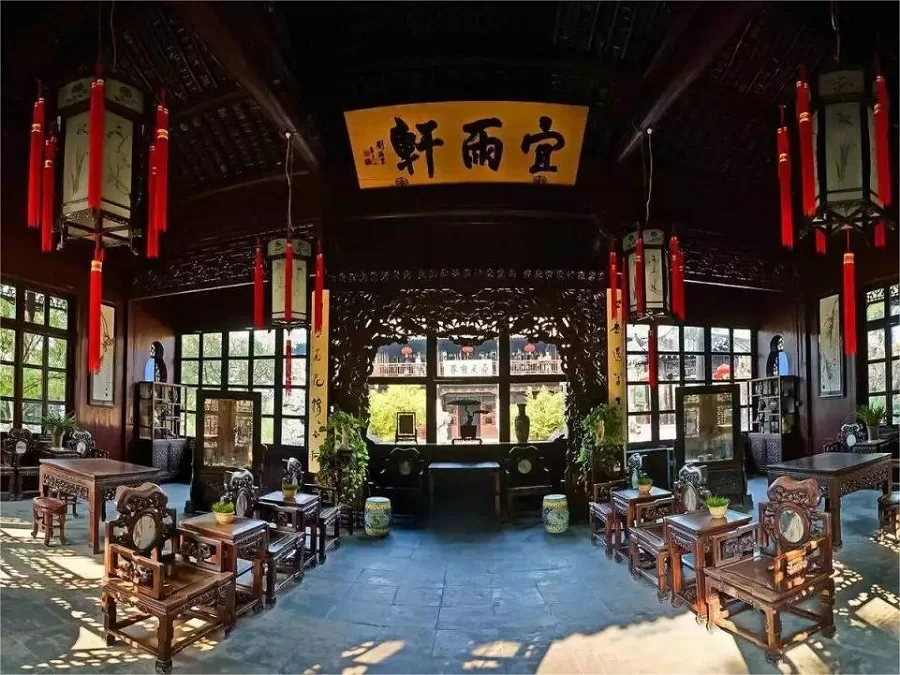
Yi Yu Pavilion, situated in the heart of the four-season garden, features an elegant design with three bays to the east. This building offers panoramic views of the entire garden. Its roof is adorned with the distinctive dark tiles commonly found in Yangzhou, and the eastern and western walls still retain some French-imported stained glass from the garden’s construction period. Yi Yu Pavilion served as the main reception area for the garden’s owners and guests.
Other Notable Buildings
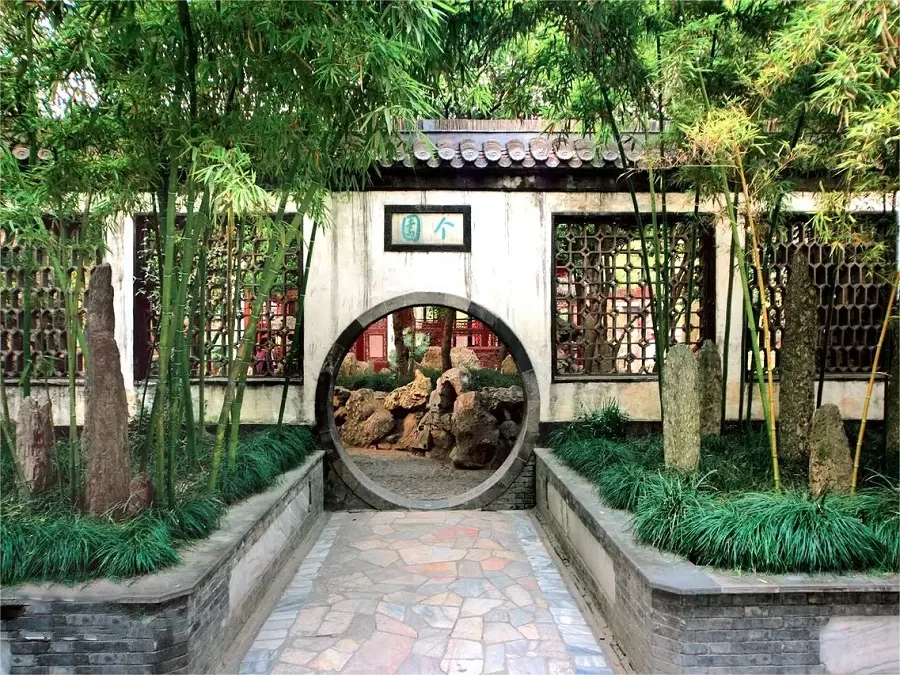
Qing Yi Pavilion
This six-sided pavilion, situated among Taihu rocks and surrounded by a winding stream, provides a breathtaking vantage point to admire the garden’s beauty.
Cong Shu Lou
Across from Geyuan Garden, on Dongguan Street, stands the former residence of the salt merchants Ma Riwu and Ma Rilu, known as the Little Linglong Mountain Mansion. Its library, known as the “Cong Shu Lou,” was celebrated for housing a vast collection of books from all over the country.
Zhu Qiu Pavilion
Perched on the southern peak of the autumn hill, Zhu Qiu Pavilion is a substantial building facing east. With three sides open to the outdoors, it offers a magnificent view of the garden and features a famous couplet by Zheng Xie (Zheng Banqiao).
Four Seasons Rockeries

One of Geyuan Garden’s most remarkable features is its “Four Seasons Rockeries.” Despite its relatively small size, the garden incorporates four distinct rockery areas, each representing a different season: spring, summer, autumn, and winter. The choice of stone materials in each rockery area reflects the essence of the respective season. For instance, stone statues of the Chinese zodiac represent spring, while Taihu stones evoke the lush landscapes of summer. Yellow stones accentuate the heights of autumn mountains, and pristine white stones capture the chill of winter. This intricate design allows visitors to experience the beauty of all four seasons within the confines of the garden.
Vlog about Ge Garden
Useful Tips Summarized from Reviews
Choose Your Entrance: Geyuan Garden has a distinct layout, with the northern part focusing on garden landscapes and the southern part showcasing residences and the garden’s history. Depending on your preferences, you can enter from either the north gate or south gate.
Explore Local Eateries: Exiting from the southern gate leads to Dongguan Street, where you can explore local snacks and delicacies. This street offers a variety of culinary experiences for visitors.
Natural Cooling in the Stone Cave: While passing through the artificial mountain caves, notice stone benches and tables inside. These were used by the host for summer banquets, creating a natural air-conditioned space.
Facilities for Families: If entering from the north gate, on the left side (east side) near the bathrooms, there is a baby care room. Additionally, you can find a place to rent children’s strollers near the entrance.
Be Mindful on Busy Days: During holidays, Geyuan Garden tends to be crowded, affecting the overall experience. Inside, amenities like bottled water can be expensive, so budget-conscious travelers should plan accordingly.
Flower Season Schedule: Geyuan Garden features various flowers during specific periods. Here is a rough schedule:
- Welcoming Spring (February)
- Yellow Fragrance (February)
- Knotflower (February)
- Red Plum (Late February)
- Lilac (Late March to Mid-April)
- White Magnolia (Late March to Early April)
- Red Magnolia (Late March to Early April)
- Purple Magnolia (Late March to Early April)
- Japanese Cherry Blossom (March to May)
- Roses (March to May)
- Weeping Cherry Blossom (Early April)
- Wisteria (Mid-April to Early May)
- Peonies (April to May)
- Rhododendron (April to May)
- Sweet Osmanthus (April to May)
- Lagerstroemia (May)
- Roses (May)
- Jasmine (May)
- Pomegranate (May)




